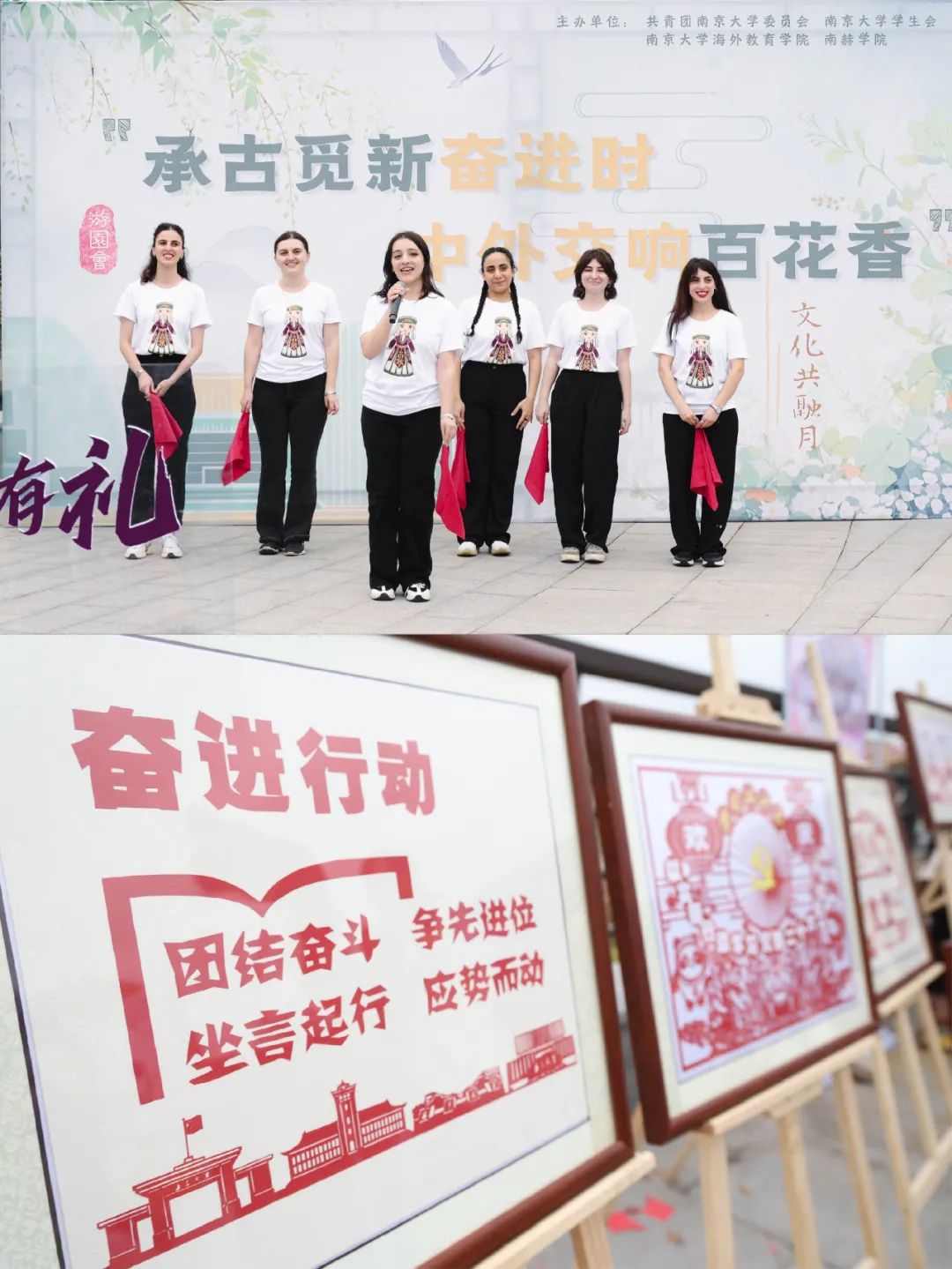
The ancient Chinese tomb as an indicative of cross-cultural references
A burial chamber from the Northern Wei Dynasty (386-534) has been found in China. The funerary site is decorated with high reliefs and murals.
The site was discovered by Chinese archaeologists during the excavations of an ancient tomb in Shanxi province.
The inscriptions preserved on the column in the burial chamber of the tomb indicate that it was erected in 456, and a man named Lu Xu rests within its walls.
As the tomb was looted and heavily damaged, the archaeologists did not manage to find the coffin but excavated a number of applied art pieces and fragments.
According to the experts, the artistic style and interpretation of the two guardians of the tomb carved on the southern wall of the burial chamber, bare-chested, dressed in exotic garments, and carrying tridents in their hands, provided new materials for studying the process of cultural exchanges between China and the West. The rows of composite figures and mythical beasts in the other relief with the procession scene also visualise the extensive cultural interactions at the time.









